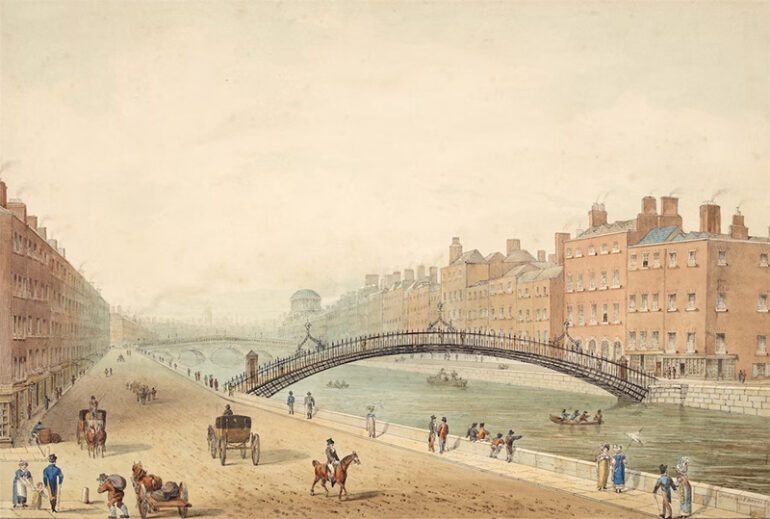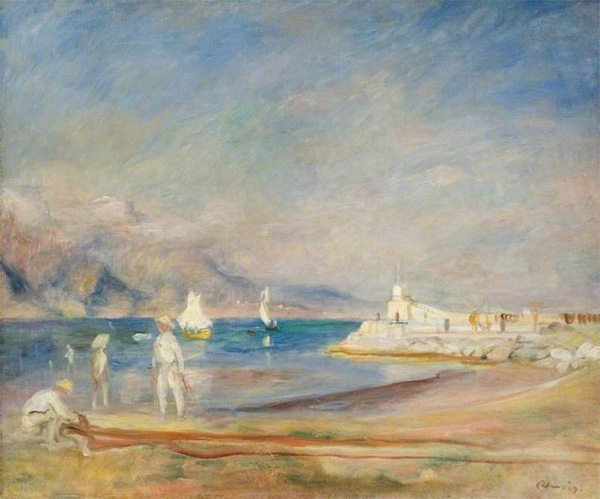Nature has always captivated and served as a constant source of inspiration for artists throughout the ages. Numerous artists have discovered motivation in the splendor of the environment, spanning from prehistoric cave illustrations to contemporary works of genius. Artists have the ability to encapsulate the true spirit and magnificence of nature’s color scheme through the medium of landscape art, in particular.
The historical significance of landscape art
The rich history of landscape art can be traced back to ancient civilizations. In the context of ancient Egypt, tomb paintings frequently portrayed landscape scenes, thereby emphasizing the significance of nature within their beliefs concerning the afterlife. In the Renaissance period, landscape art emerged as a prominent genre in its own right. Incorporation of detailed landscapes in their works by artists such as Leonardo da Vinci and Albrecht Dürer challenged the traditional hierarchy of subject matter in art.
The allure of nature’s palette
The vast array of colors and textures available in nature is one of the primary reasons landscape art has captivated artists and viewers alike. Nature’s infinite source of inspiration for artists to explore ranges from the vibrant hues of a sunset to the delicate pastels of a spring meadow. Painters can depict the various moods and emotions evoked by different landscapes through their artwork, such as the tranquility of a calm lake or the intense force of a thunderstorm.
Evolution of landscape art
Artistic techniques and movements influenced changes in the depiction of landscapes. In the 18th and 19th centuries, the Romantic period emphasized the sublime and awe-inspiring aspects of nature. Artists like J.M.W. Turner and Caspar David Friedrich aimed to evoke awe and transcendence through their dramatic landscapes. During this period, nature’s perception transformed from a backdrop to a powerful force evoking deep human emotions.
In the 19th century, the Impressionist movement revolutionized landscape art. Artists like Claude Monet and Pierre-Auguste Renoir aimed to capture the fleeting qualities of light and atmosphere in their landscapes. They used bold strokes and vibrant colors to depict their own understanding of a specific scene. This shift towards capturing the ever-changing nature of landscapes facilitated new possibilities for artistic expression.
Contemporary landscape art
Continuing to evolve and adapt, landscape art in the present day responds to the shifting artistic landscape. In addition to the thriving traditional landscape painting, artists have also embraced new mediums and techniques to further investigate the beauty of nature. Contemporary artists are pushing boundaries and challenging our perceptions of the natural world, ranging from hyper-realistic oil paintings to abstract interpretations of landscapes.
Artists have long found inspiration in the vibrant colors and textures of nature’s palette, as evidenced by the enduring legacy of landscape art. Over the course of time, landscape art has undergone a transformation, progressing from ancient cave paintings to contemporary renditions that ingeniously encapsulate the very essence of nature. By enabling us to engage with the splendor and magnificence of the natural world, landscape art, whether through intricate realism or abstract representations, offers a means of complete immersion. Pause briefly to acknowledge the surrounding landscapes, while recalling their significant influence on the realm of art.
Photo Attribution:
1st & featured image by https://unsplash.com/photos/Ce99fIKi4bc
2nd image by Pierre-Auguste Renoir – Art UK, Public Domain, https://commons.wikimedia.org/w/index.php?curid=97677335

